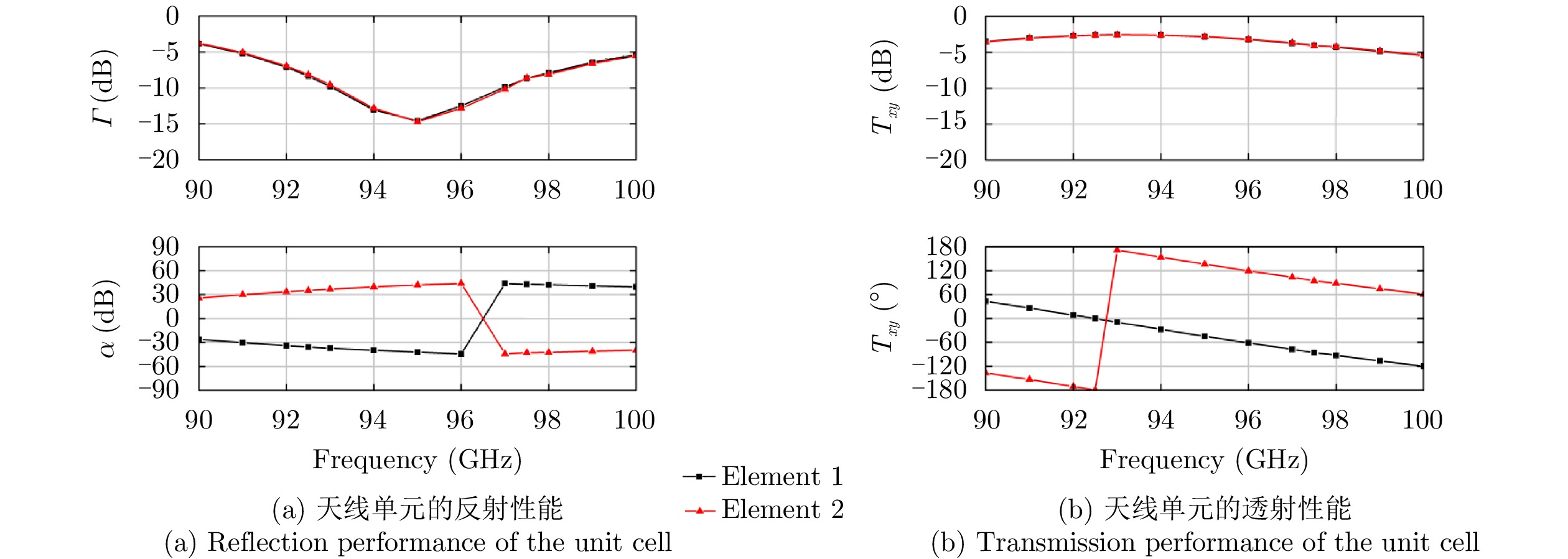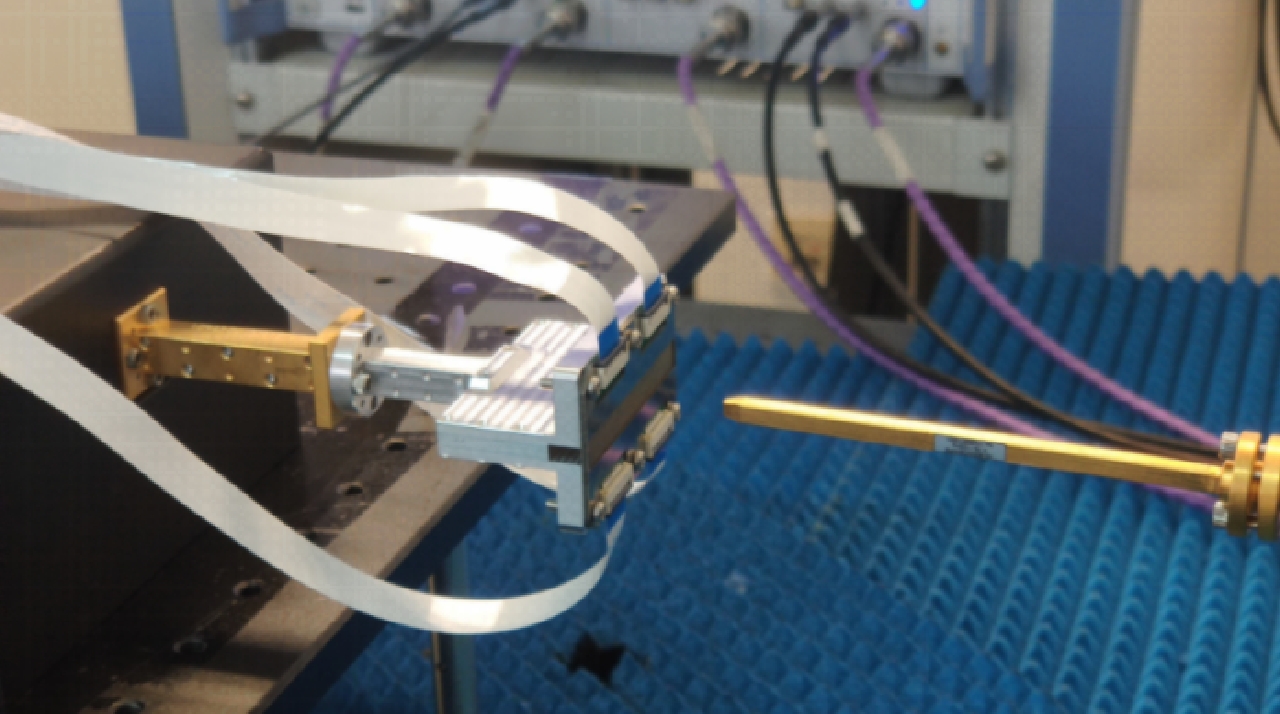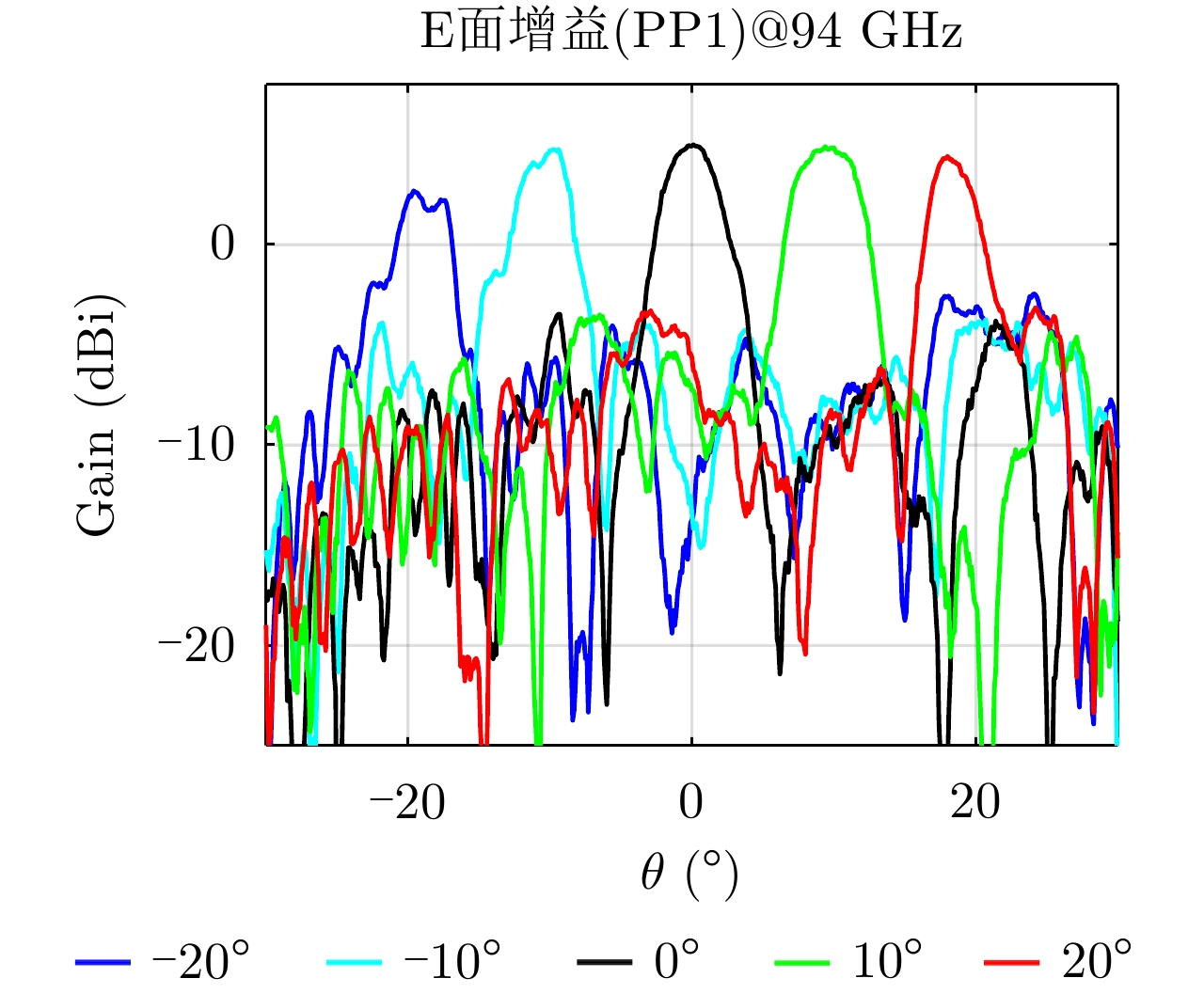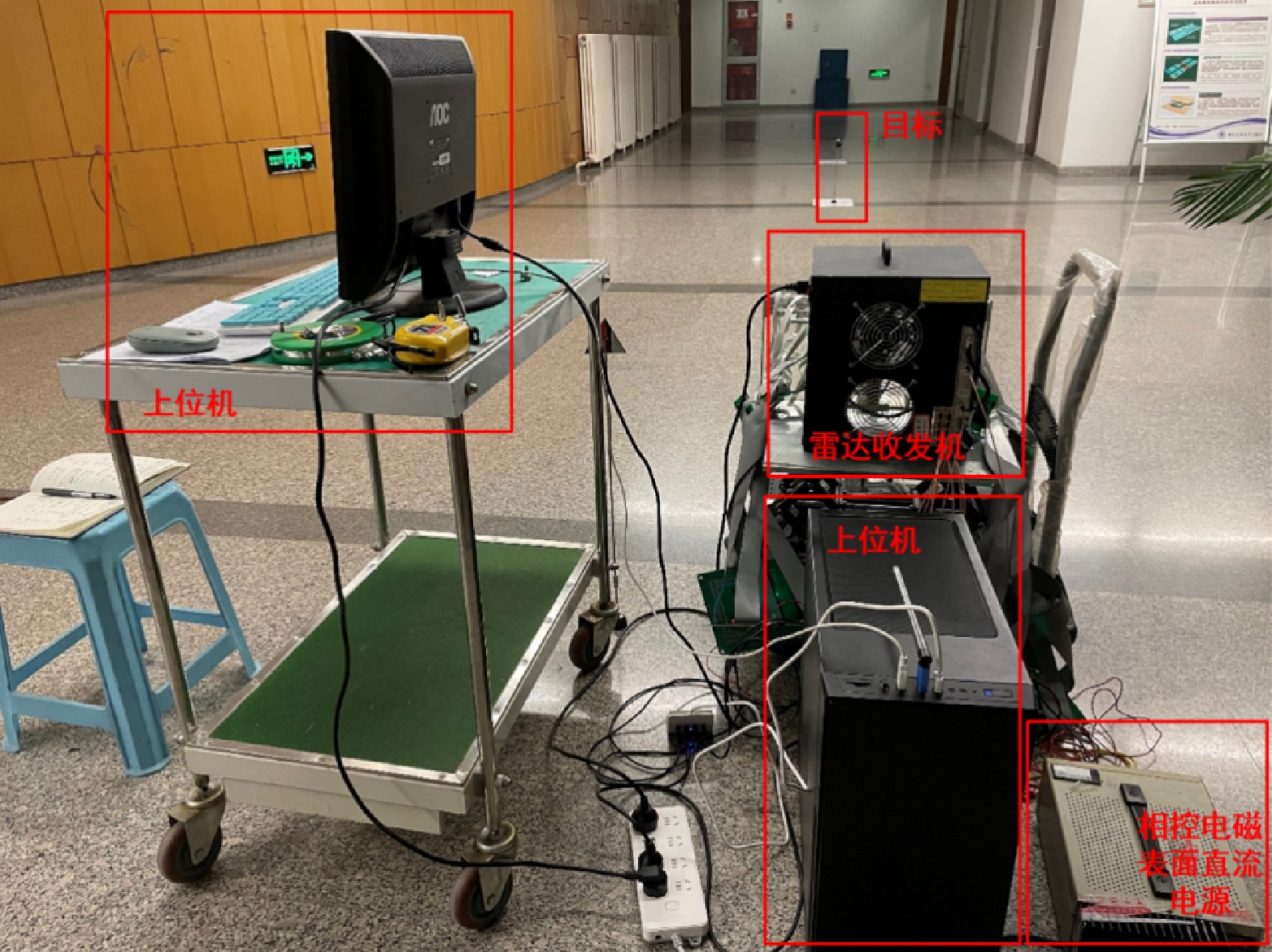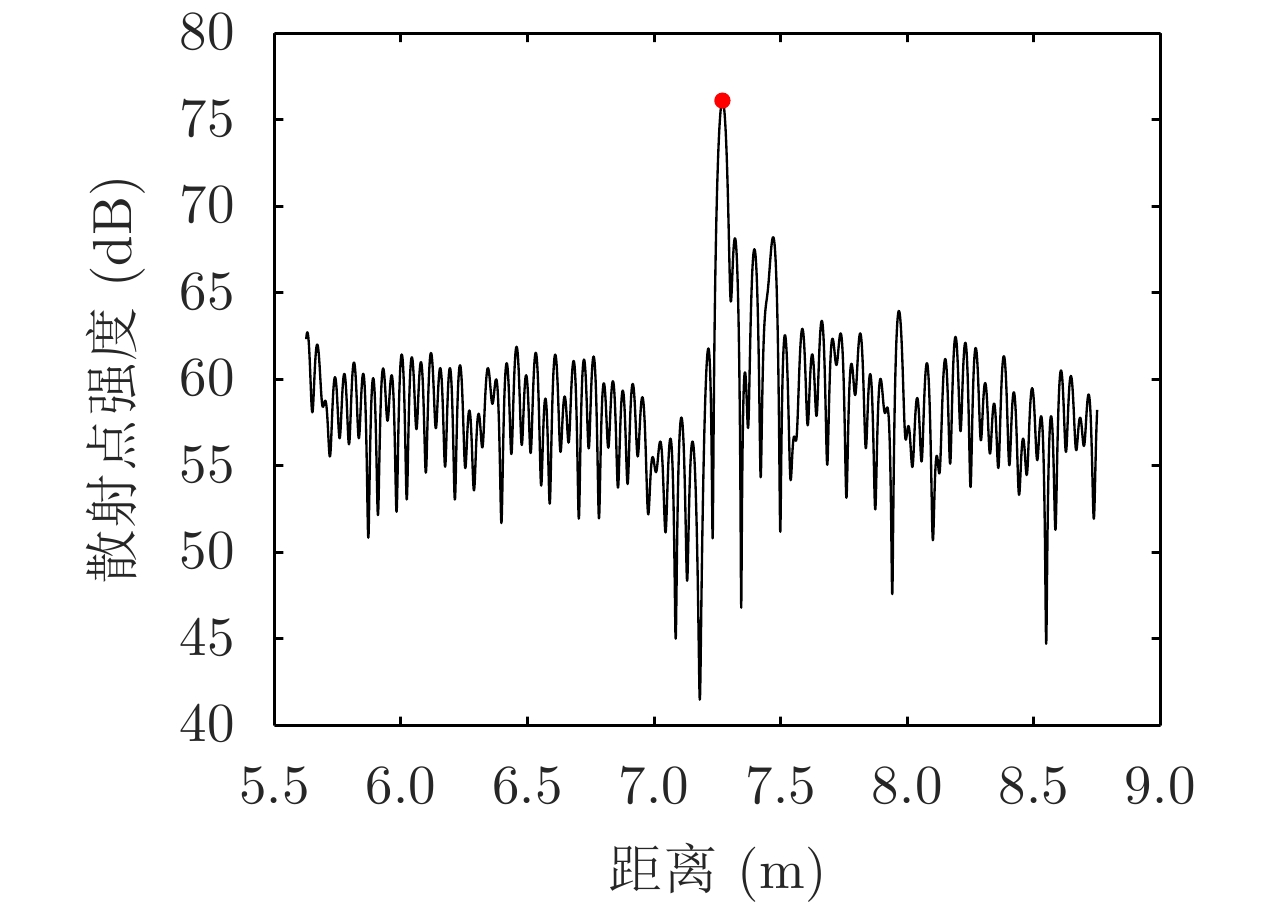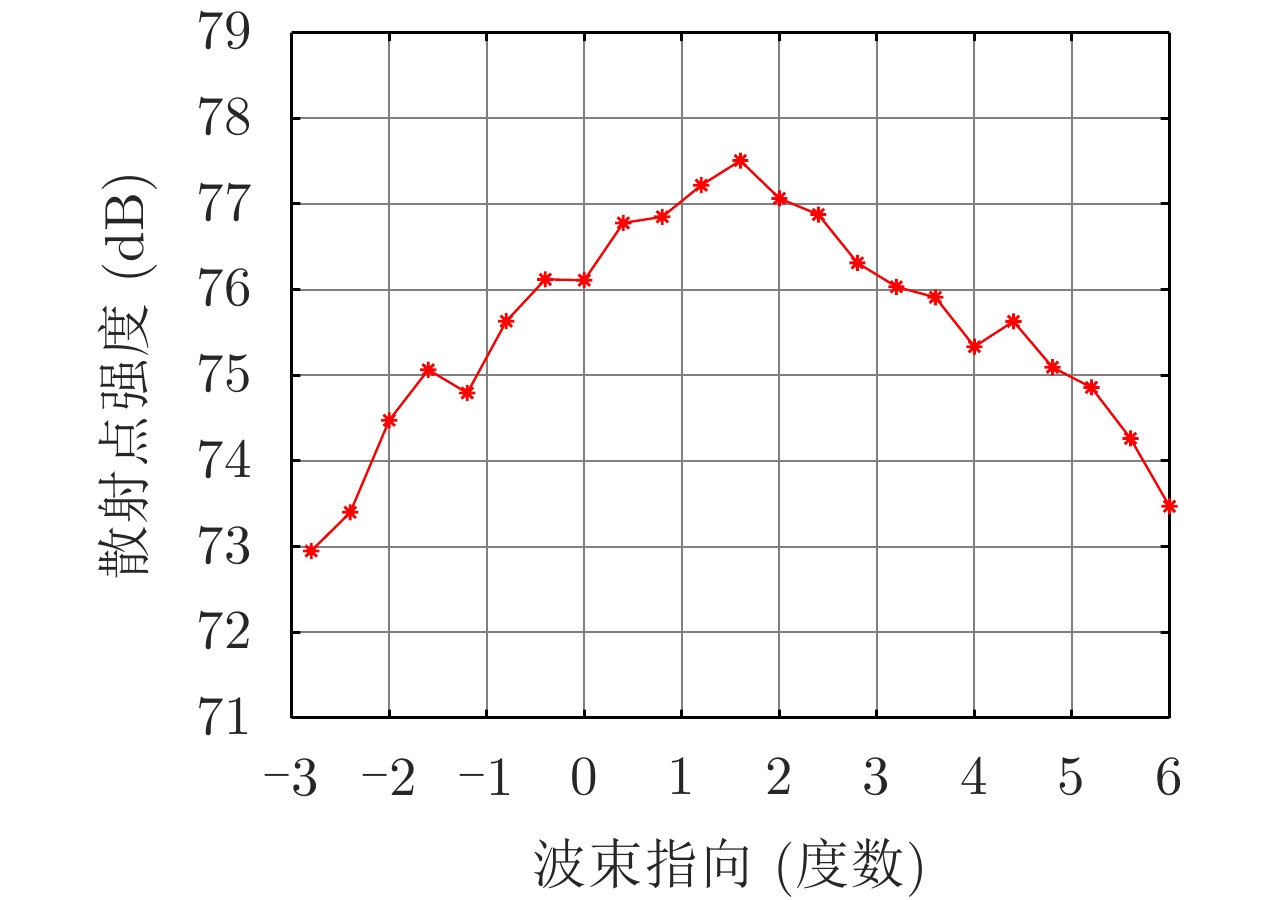- Home
- Articles & Issues
-
Data
- Dataset of Radar Detecting Sea
- SAR Dataset
- SARGroundObjectsTypes
- SARMV3D
- AIRSAT Constellation SAR Land Cover Classification Dataset
- 3DRIED
- UWB-HA4D
- LLS-LFMCWR
- FAIR-CSAR
- MSAR
- SDD-SAR
- FUSAR
- SpaceborneSAR3Dimaging
- Sea-land Segmentation
- SAR Multi-domain Ship Detection Dataset
- SAR-Airport
- Hilly and mountainous farmland time-series SAR and ground quadrat dataset
- SAR images for interference detection and suppression
- HP-SAR Evaluation & Analytical Dataset
- GDHuiYan-ATRNet
- Multi-System Maritime Low Observable Target Dataset
- DatasetinthePaper
- DatasetintheCompetition
- Report
- Course
- About
- Publish
- Editorial Board
- Chinese
| Citation: | WU You, XI Rongyan, PAN Xiaotian, et al. Research on a phased electromagnetic surface-based W-band radar system[J]. Journal of Radars, 2021, 10(2): 281–287. doi: 10.12000/JR21041 |
Research on a Phased Electromagnetic Surface-based W-band Radar System
DOI: 10.12000/JR21041 CSTR: 32380.14.JR21041
More Information-
Abstract
This paper introduces a W-band phased electromagnetic surface radar system. This phased electromagnetic surface works at 92~96 GHz and is manufactured with general PCB technology and processing accuracy requirements. The appropriate unit design makes the DC bias voltage of each PIN diode on the phased electromagnetic surface controlled for the current reversal purpose at a low cost and portability. A 180° phase shift of the unit cell can be provided as the current direction on the unit cell is reversed. Beam scanning in different directions can be formed when inputting the right spatial codes. This transmission type phased electromagnetic surface with the ability of beam scanning is used as the receiving antenna of the radar system. This paper presents a W-band phased electromagnetic surface radar system and its manufacture and measurement results, which are fundamental to further research of precision guidance, target identification, and imaging.-
Keywords:
- W-band,
- Phased electromagnetic surface,
- Radar system
-

-
References
[1] 崔铁军, 吴浩天, 刘硕. 信息超材料研究进展[J]. 物理学报, 2020, 69(15): 158101. doi: 10.7498/aps.69.20200246CUI Tiejun, WU Haotian, and LIU Shuo. Research progress of information metamaterials[J]. Acta Physica Sinica, 2020, 69(15): 158101. doi: 10.7498/aps.69.20200246[2] GANDINI E, SVEDIN J, BRYLLERT T, et al. Optomechanical system design for dual-mode stand-off submillimeter wavelength imagers[J]. IEEE Transactions on Terahertz Science and Technology, 2017, 7(4): 393–403. doi: 10.1109/TTHZ.2017.2700759[3] SHEEN D M, MCMAKIN D L, and HALL T E. Cylindrical millimeter-wave imaging technique for concealed weapon detection[C]. SPIE 3240, 26th AIPR Workshop: Exploiting New Image Sources and Sensors, Washington, United States, 1997: 242–250.[4] PAN Xiaotian, YANG Fan, XU Shenheng, et al. Review of W-band reconfigurable reflectarray and transmitarray antennas at Tsinghua university[C]. 2020 14th European Conference on Antennas and Propagation (EuCAP), Copenhagen, Denmark, 2020: 1–2. doi: 10.23919/EuCAP48036.2020.9135903.[5] YANG Huanhuan, YANG Fan, CAO Xiangyu, et al. A 1600-element dual-frequency electronically reconfigurable reflectarray at X/Ku-Band[J]. IEEE Transactions on Antennas and Propagation, 2017, 65(6): 3024–3032. doi: 10.1109/TAP.2017.2694703[6] RAMAN S, BARKER N S, and REBEIZ G M. A W-band dielectric-lens-based integrated monopulse radar receiver[J]. IEEE Transactions on Microwave Theory and Techniques, 1998, 46(12): 2308–2316. doi: 10.1109/22.739216[7] SCHAFFNER J H, LYNCH J J, GUINN K V, et al. A wideband radiometer module for an unamplified direct detection scalable W-band imaging array[C]. SPIE 6948, Passive Millimeter-Wave Imaging Technology XI, Orlando, United States, 2008: 694807.[8] KANGASLAHTI P, SJOMAN P, JUKKALA P, et al. A W-band radar receiver for cloud observations[C]. 2002 32nd European Microwave Conference, Milan, Italy, 2002: 1–4. doi: 10.1109/EUMA.2002.339437.[9] LEONARDI M, PIRACCI E G, and FASTELLA V. W-band multi-radar processing for airport foreign object debris and humans detection[C]. 2019 European Microwave Conference in Central Europe (EuMCE), Prague, Czech Republic, 2019: 285–288.[10] JASINSKI T, ANTIPOV I, MONTEIRO S T, et al. W-band maritime target classification using high resolution range profiles[C]. 2013 International Conference on Radar, Adelaide, Australia, 2013: 356–361. doi: 10.1109/RADAR.2013.6652013.[11] BROOKER G M, BIRCH D, and SOLMS J. W-band airborne interrupted frequency modulated CW imaging radar[J]. IEEE Transactions on Aerospace and Electronic Systems, 2005, 41(3): 955–972. doi: 10.1109/TAES.2005.1541441[12] 张慧, 王辉, 潘嘉祺, 等. W波段FMCW体制ISAR系统成像及试验验证[J]. 上海航天, 2018, 35(6): 24–29. doi: 10.19328/j.cnki.1006-1630.2018.06.005ZHANG Hui, WANG Hui, PAN Jiaqi, et al. Research on W-band FMCW ISAR system imaging and outfield experiment[J]. Aerospace Shanghai, 2018, 35(6): 24–29. doi: 10.19328/j.cnki.1006-1630.2018.06.005[13] PAN Xiaotian, YANG Fan, XU Shenheng, et al. W-band electronic focus-scanning by a reconfigurable transmitarray for millimeter-wave imaging applications[J]. Applied Computational Electromagnetics Society Journal, 2020, 35(5): 580–586. -
Proportional views

- Figure 1. Phased electromagnetic surface unit cell and 180° phase shift structure
- Figure 2. Current distribution of the unit cell in different states
- Figure 3. Full wave simulation results of the phased electromagnetic surface principle model
- Figure 4. Phased electromagnetic surface radar system diagram
- Figure 5. The figure of the phased electromagnetic surface radar system
- Figure 6. The phased electromagnetic surface antenna subsystem
- Figure 7. The phased electromagnetic surface antenna measurement site
- Figure 8. The phased electromagnetic surface antenna beam scanning performance
- Figure 9. The phased electromagnetic surface radar system test site
- Figure 10. The one-dimensional range profile of a metal stick
- Figure 11. The intensity of the scatterer under different beam directions


 Submit Manuscript
Submit Manuscript Peer Review
Peer Review Editor Work
Editor Work

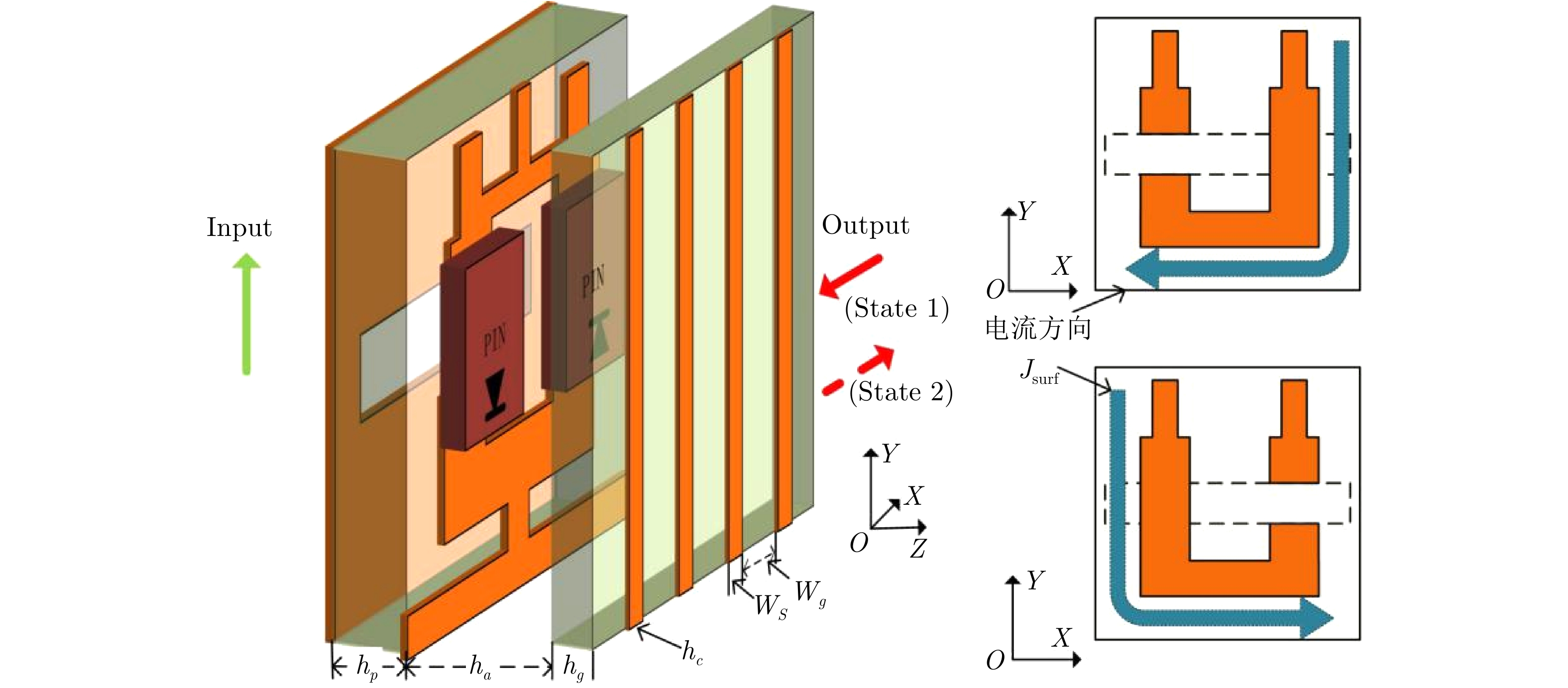



 DownLoad:
DownLoad:

